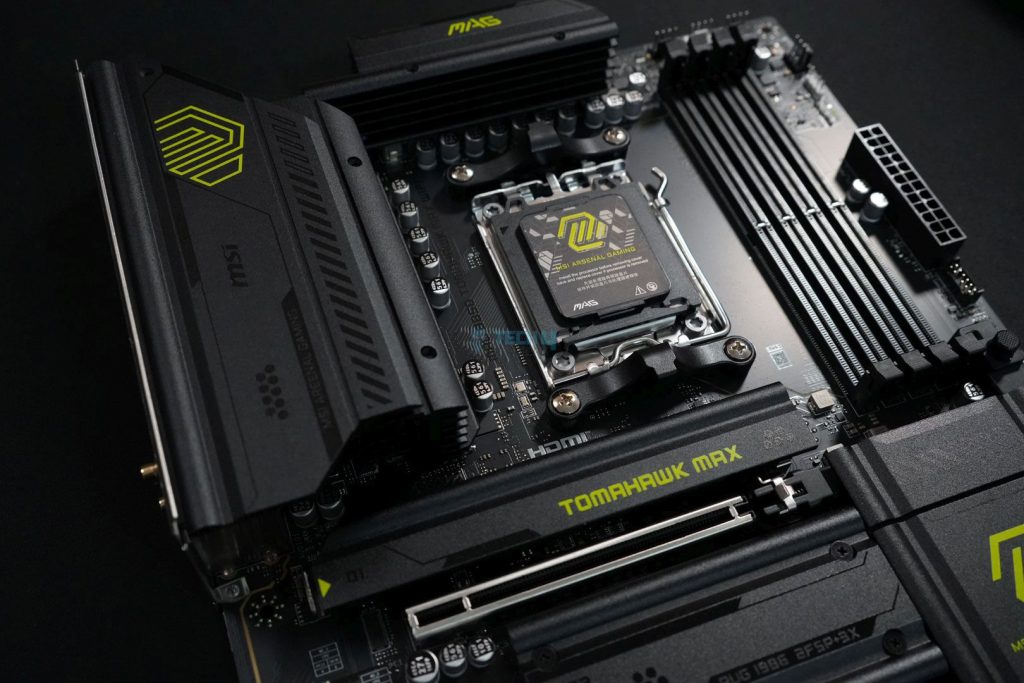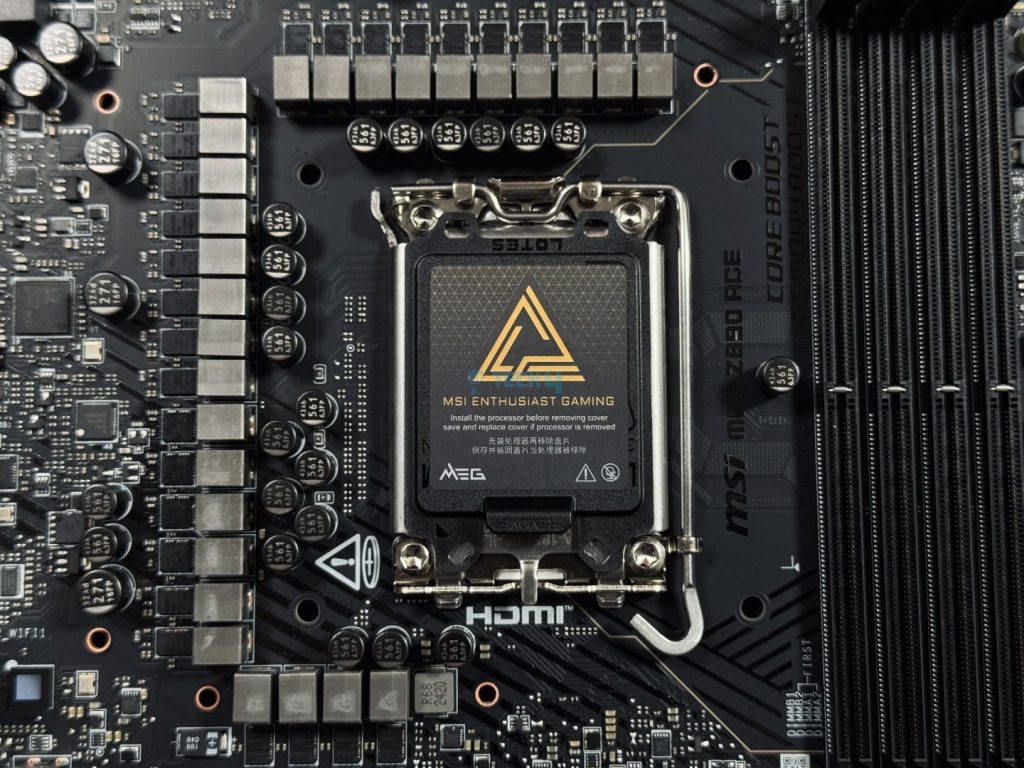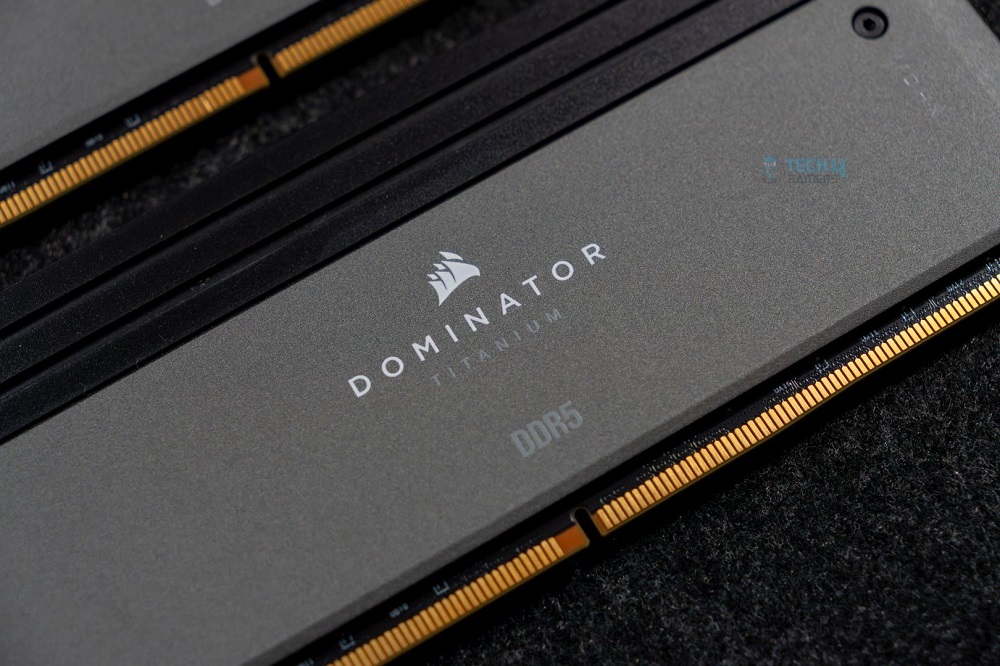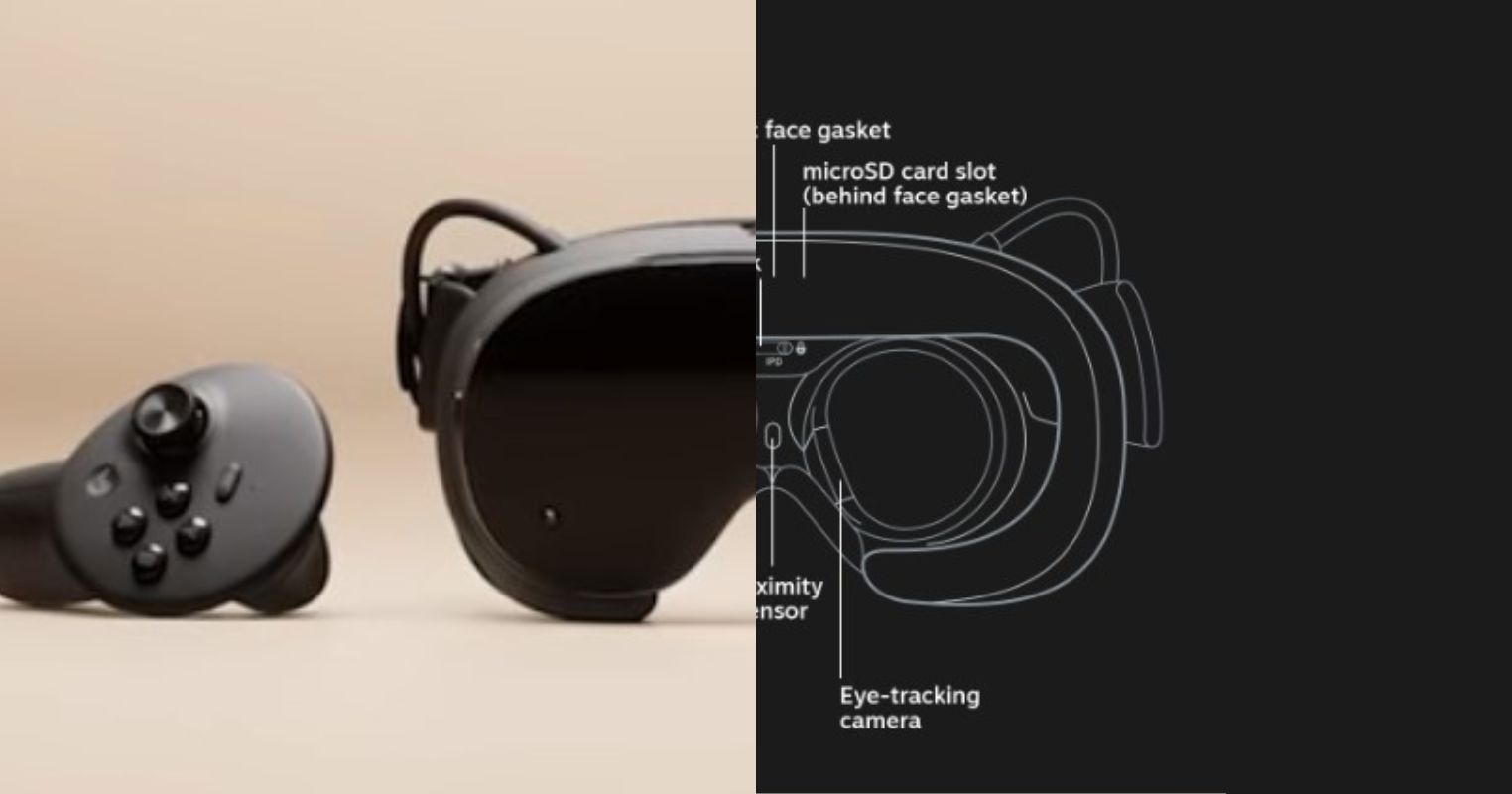While building a gaming PC, you may wonder: Do you need an expensive motherboard for the best performance? It’s not that simple. Unlike CPUs, GPUs, RAM, and storage, there’s no central performance metric for a motherboard. Furthermore, there are different chipsets, and even motherboards of the same chipset can vary in price. The problem is that “cheap” is often confused with “bad,” which leads to consumers overpaying for features they don’t need.
Here’s why you probably don’t need an expensive motherboard.
Key Takeaways
- Expensive motherboards are overkill for most users, as budget boards fulfil most or all of the average user’s needs.
- Features like high-end VRMs, RGB, debug code LED panel, BIOS flashback, and high-speed RAM support are extras that most people won’t utilize.
- It’s best to evaluate your needs and then pick a motherboard that fits them.
Budget Boards Tick Most Of The Boxes
Believe it or not, most budget boards are adequate for the average user. When we begin to move toward beefier motherboards, we’re looking at features that are more specific, that not every user needs. Think extras like RGB, BIOS flashback, debug code LED panel, an extensive VRM setup, and reinforced PCIe slots.

Meanwhile, even basic entry-level motherboards offer plenty of USB ports and more than one M.2 slot. Likewise, room for high-speed RAM and a single powerful graphics card is available on every board.
High-End VRMs May Not Be Necessary
As long as you pick the right chipset, you don’t need to pick a motherboard loaded with VRM phases and high-current stages if overclocking is not a need. For instance, a budget Z790 motherboard can handle a stock Core i9-14900K no problem. In the same way, a cheap H610 motherboard is plenty for an entry-level Core i5 like the Core i5-13400F. A good rule of thumb is 4-6 phases for low-power CPUs, 6-8 phases for mid-range ones, and 8-16 phases for high-end CPUs.

Only pick a motherboard with beefy VRMs if overclocking is a requirement; otherwise, you’re essentially paying for something you won’t use.
You Probably Don’t Need High-Speed LAN
Another major selling point of high-end motherboards is the inclusion of 2.5G, 5G, and 10G LAN ports. Just about every mid-range motherboard has a 2.5G LAN port as of 2025. However, as nice as an Ethernet connection is, you likely don’t need anything beyond 1G (which is the minimum found in any modern motherboard). Heck, even 1G is overkill considering the average download speed in the US was 214 Mbps in 2024.
Similarly, if you prefer a wireless connection over a wired one, then you won’t need a LAN port at all.
You Don’t Need All Those USB Ports
Expensive motherboards tend to have more USB ports (especially USB 2.0 and 5G ones) than cheaper ones. However, even entry-level boards often have more ports than most users need. My motherboard, for instance, has 10 rear USB ports, of which I only use four (for my keyboard, mouse, headset, and WiFi adapter).
It’s a good idea to evaluate how many USB ports (especially high-speed ones) you’ll need to use. I’m sure your requirements could differ from mine (with devices like external drives or a microphone).
High Memory Speed Support Is A Gimmick (For AMD)

With the launch of the AMD 800-series chipset motherboards, memory support of 8000 MT/s has been standard. More expensive motherboards tend to offer support even beyond that. This is mostly a marketing gimmick, considering that DDR5-6000 is the sweetspot for AM5. If you want to push beyond these speeds, you’ll have to aim upwards of DDR5-8000 to see performance gains. Not to mention that higher-end memory kits will be costlier.
This is not to say that more expensive motherboards aren’t better equipped to handle overclocking. If you want to overclock your RAM, a high-end motherboard will do it better than a budget board.
Evaluate Your Needs!
Picking a motherboard can be simple with a little bit of research. If you don’t understand motherboards or chipsets so well, our motherboard buying guides and explainer can help. A rule of thumb you can use is to pair budget chipsets (Intel H810, AMD B840) with budget CPUs, mid-range chipsets (Intel B860/Q870, AMD B850) with mid-range processors, and so on.
When you’re picking a motherboard, ask yourself: Do you need an expensive motherboard, or are you paying for features you won’t use? For example, do you need premiums like dual GPU slots, 5G/10G LAN, or high-end VRMs for overclocking? If so, pick a motherboard that ticks these boxes. Bottom line is, don’t pay for something you’ll never utilize. (though this isn’t always possible, in the case of USB and SATA ports for example!)
Thank you! Please share your positive feedback. 🔋
How could we improve this post? Please Help us. 😔
[Hardware Reviewer]
Hi! I’m Ali Tauseef, and I have been writing for Tech4Gamers since 2022. I love all things computer hardware but am particularly fond of CPUs and motherboards, and I like to stay up-to-date about the latest advancements in these worlds, and when possible, write about it. When I’m not doing that, I like to get into a little FPS action in CS2 or get lost in the vast world of RDR2.
Get In Touch: ali@tech4gamers.com


 Threads
Threads

